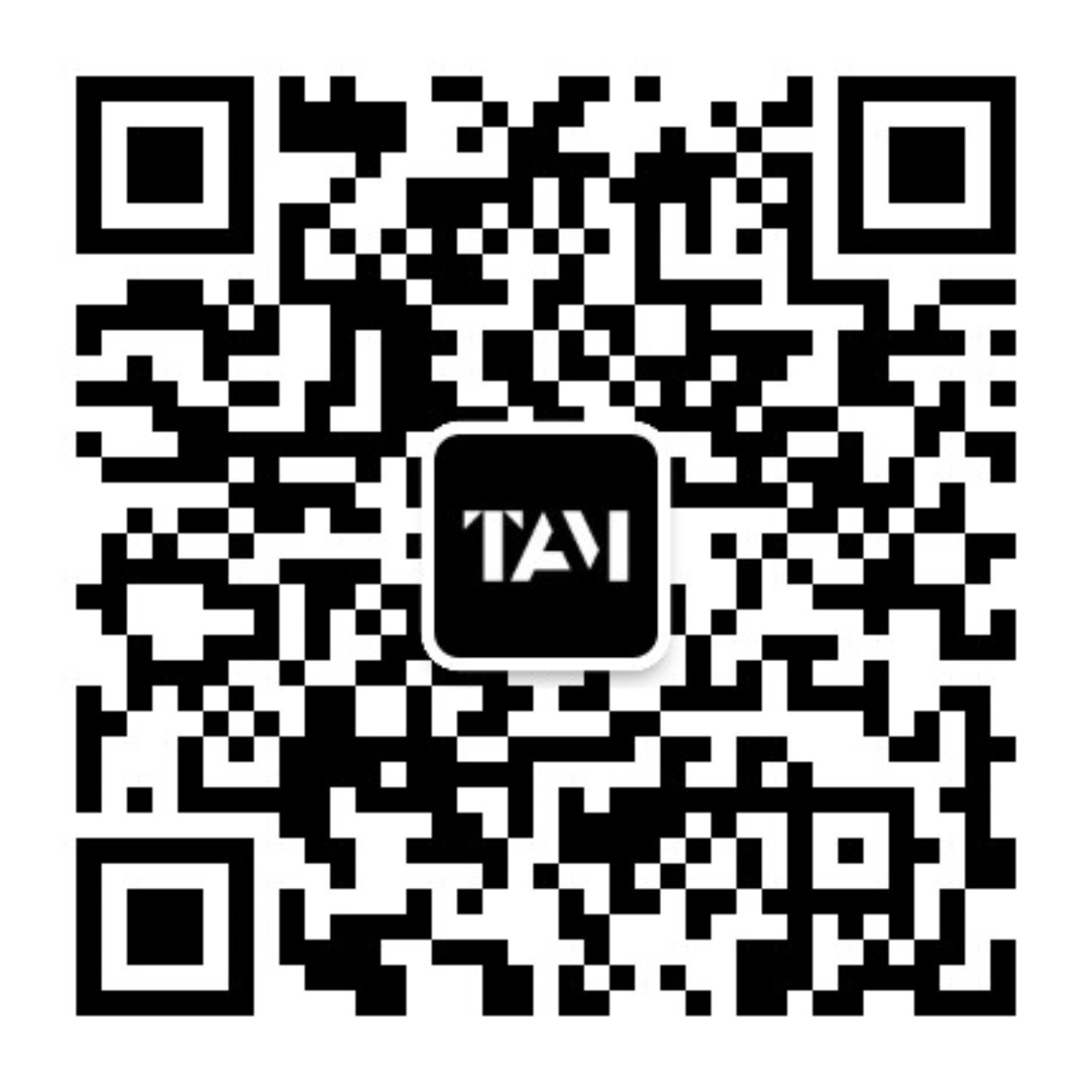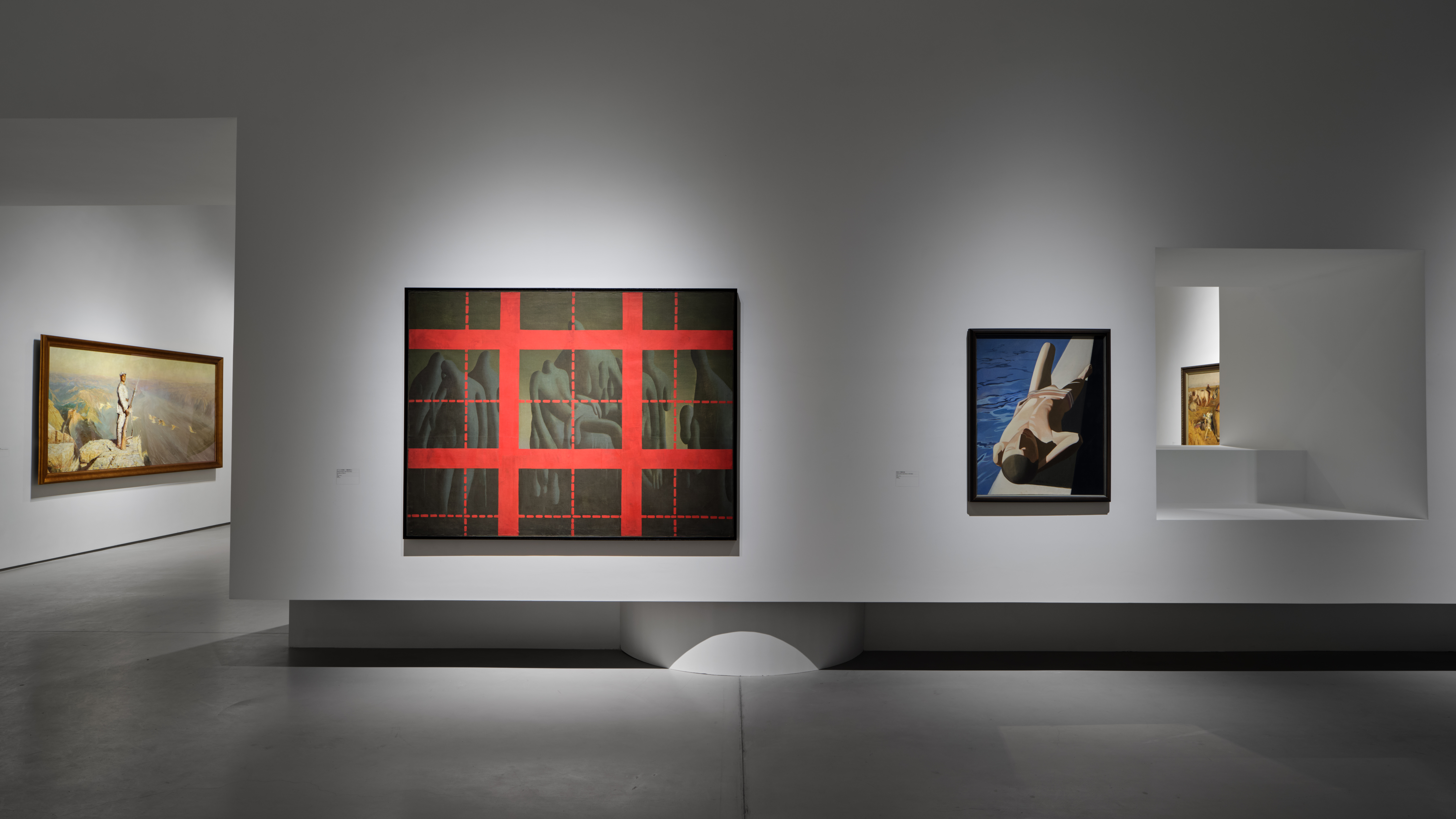》,装置,2014.jpg)
Liu Chuang
Buying Everything on You (Yang Xiaojuan)
2014
Installation
The project Buying Everything on You began in 2005 following discussions with job seekers at the Luohu talent market in Shenzhen, in which the artist requested to buy absolutely everything that the labourers had on their person at that exact moment. The end result of the project shows the items bought from the job seekers displayed in a manner akin to unearthed cultural relics. It is as if the project is a time capsule, or an anthropological sample, with all of the “purchased” items carrying their own social significance as a result of their own personal attributes. This work also derives from Liu Chuang’s own view of systems, as he makes use of the hidden structures behind our daily lives to put forward thought-provoking insights, using museums and art galleries as mediums to convey these messages to the public.
The inspiration behind Buying Everything on You came from the artist’s own experiences working in Shenzhen in the early 2000s. Shenzhen had this point in time become a “window” into an opening and reforming China, a “laboratory” for experimental new political and economic policies. During this period, the artist was made aware that we seem to be living through a period of industrial revolution as described by Marx: a period in which capitalists use new forms of exploitation and oppression to gradually alienate the worker from the goods they produce, bringing about a deeper level of the objectification of labour. Shenzhen has become the poster child of the Chinese city of the future, transforming from a small fishing village into a city of over ten million people within the span of only thirty years. In light of this, the artist believes the spectre of history has been resurrected in an all new context and that Shenzhen can be viewed as a living heritage site. In this long term project series, each piece serves as a component in recording the process of Shenzhen’s rapid modernisation, with the various materials, technology and items collected from the migrant population serving as testament to the rapid trajectory of urban development and evolution.
(Edited by Lijie Wang & Miao Zijin, 2019)


